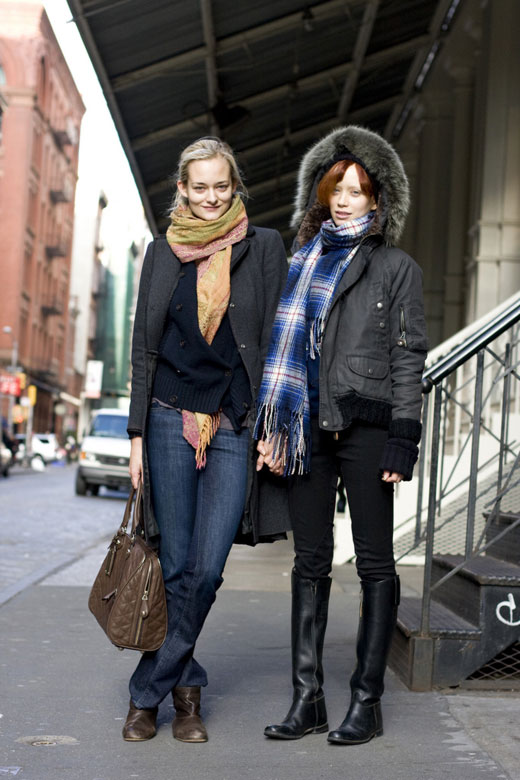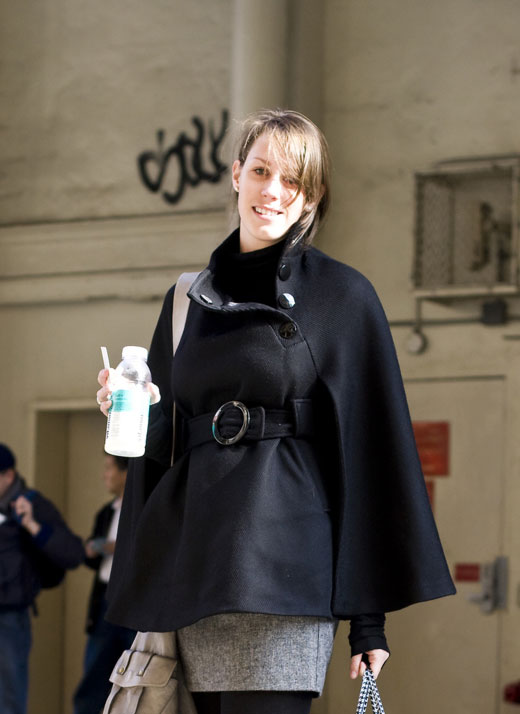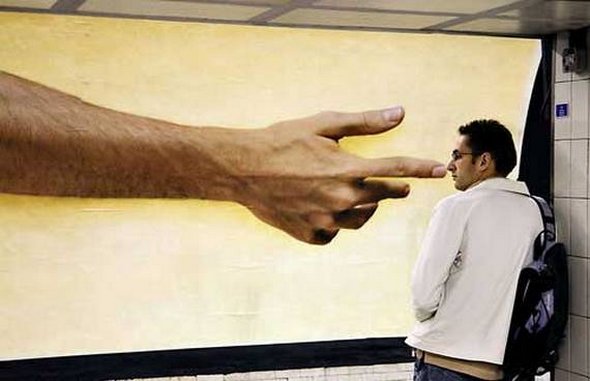Fashion refers to the styles and customs prevalent at a given time. In its most common usage, “fashion†exemplifies the appearances of clothing, but the term encompasses more. Many fashions are popular in many cultures at any given time. Important is the idea that the course of design and fashion will change more rapidly than the culture as a whole.
 The terms “fashionable†and “unfashionable†were employed to describe whether someone or something fits in with the current or even not so current, popular mode of expression. The term “fashion†is frequently used in a positive sense, as a synonym for glamour, beauty and style. In this sense, fashions are a sort of communal art, through which a culture examines its notions of beauty and goodness. The term “fashion†is also sometimes used in a negative sense, as a synonym for fads and trends, and materialism. A number of cities are recognized as global fashion centers and are recognized for their fashion weeks, where designers exhibit their new clothing collections to audiences. These cities are New York, Paris, Milan and London. Other cities, mainly Los Angeles, Berlin, Tokyo, Rome, Miami, Hong Kong, Sao Paulo, Sydney, Barcelona, Amsterdam, Madrid, Montreal, Mumbai, Vienna, Auckland, Moscow, New Delhi, San Juan, Stockholm, Turin and Dubai also hold fashion weeks and are better recognized every year. Fashion, by description, changes constantly.
The terms “fashionable†and “unfashionable†were employed to describe whether someone or something fits in with the current or even not so current, popular mode of expression. The term “fashion†is frequently used in a positive sense, as a synonym for glamour, beauty and style. In this sense, fashions are a sort of communal art, through which a culture examines its notions of beauty and goodness. The term “fashion†is also sometimes used in a negative sense, as a synonym for fads and trends, and materialism. A number of cities are recognized as global fashion centers and are recognized for their fashion weeks, where designers exhibit their new clothing collections to audiences. These cities are New York, Paris, Milan and London. Other cities, mainly Los Angeles, Berlin, Tokyo, Rome, Miami, Hong Kong, Sao Paulo, Sydney, Barcelona, Amsterdam, Madrid, Montreal, Mumbai, Vienna, Auckland, Moscow, New Delhi, San Juan, Stockholm, Turin and Dubai also hold fashion weeks and are better recognized every year. Fashion, by description, changes constantly.
The changes may proceed more rapidly than in most other fields of human activity (language, thought, etc). For some, modern fast-paced changes in fashion embody many of the negative aspects of capitalism: it results in waste and encourages people qua consumers to buy things unnecessarily. Other people enjoy the diversity that changing fashion can apparently provide, seeing the constant change as a way to satisfy their desire to experience “new†and “interesting†things. Note too that fashion can change to enforce uniformity, as in the case where so-called Mao suits became the national uniform of mainland China. Practically every aspect of appearance that can be changed has been changed at some time, for example skirt lengths ranging from ankle to mini to so short that it barely covers anything, etc. In the past, new discoveries and lesser-known parts of the world could provide an impetus to change fashions based on the exotic: Europe in the eighteenth or nineteenth centuries, for example, might favor things Turkish at one time, things Chinese at another, and things Japanese at a third. A modern version of exotic clothing includes club wear. Globalization has reduced the options of exotic novelty in more recent times, and has seen the introduction of non-Western wear into the Western world. In an article appearing in the Econ Journal Watch economists Philip R. P. Coelho, Daniel B. Klein and James E.
McClure took issue with economic research explaining fashion cycles as the product of short term monopolies and self identified social stratification. In their research Coelho, Klein and McClure demonstrated that no quasi-monopoly in fashion design exists. Fashion, by description, changes constantly.  The changes are more rapidly in other aspects like the fields of human activity. For some, modern fast-paced changes in fashion embody many of the negative aspects of capitalism: it results in waste and encourages people qua consumers to buy things unnecessarily. Other people enjoy the diversity that changing fashion can apparently provide, seeing the constant change as a way to satisfy their desire to experience “new†and “interesting†things. Note too that fashion can change to enforce uniformity, as in the case where so-called Mao suits became the national uniform of mainland China.
The changes are more rapidly in other aspects like the fields of human activity. For some, modern fast-paced changes in fashion embody many of the negative aspects of capitalism: it results in waste and encourages people qua consumers to buy things unnecessarily. Other people enjoy the diversity that changing fashion can apparently provide, seeing the constant change as a way to satisfy their desire to experience “new†and “interesting†things. Note too that fashion can change to enforce uniformity, as in the case where so-called Mao suits became the national uniform of mainland China.
At the same time there remains an equal or larger range designated ‘out of fashion’. In the past, new discoveries and lesser-known parts of the world could provide an impetus to change fashions based on the exotic: Europe in the eighteenth or nineteenth centuries, for example, might favor things Turkish at one time, things Chinese at another, and things Japanese at a third. Globalization has reduced the options of exotic novelty in more recent times, and has seen the introduction of non-Western wear into the Western world.
Fashion houses and their associated fashion designers, as well as high-status consumers, appear to have some role in determining the rates and directions of fashion change. The impact of this influence depends on many things like economic status.




















Connect yourself with Chill Out Point to get daily updates!
SUBSCRIBE to Chill Out Point's News Feed to receive our fun articles as soon as we publish them. Don't forget to join our online communities on FACEBOOK and TWITTER.Newest fun stories available on Chill Out Point's news feed !